CTIA Fall 2008
Sep 11, 2008, 2:38 AM by Eric M. Zeman & Rich Brome
updated Sep 12, 2008, 5:50 PM
Our report from the fall CTIA trade show in San Francisco. Hands-on with the latest from HTC, Samsung, Velocity, BlackBerry, LG, Kyocera, PCD, and Motorola.
Part 1
BlackBerry
Research In Motion (RIM) announced a couple of major new BlackBerry devices, including their first clamshell-style model ever, and their first iDEN phone in quite some time.
The clamshell model is the Pearl Flip 8220. Like the Pearl 8120, it has WiFi, which will work with UMA. The 8220 will be exclusive to T-Mobile in the US, and will naturally work with their HotSpot @Home service.
The Pearl Flip confirms rumors that have been floating around for quite a while. Those rumors also speak of an 8210 model, which - if past model numbering is any indicator - would have GPS in place of WiFi. If you're hoping for such a phone to arrive at AT&T for the holidays, you'll be sorely disappointed. RIM informed us that T-Mobile has complete exclusivity on all Pearl Flip models in the US through the end of 2008.
The Pearl Flip isn't small, but it's not quite as large as we were expecting based on some early photos. It's a decently small size for the company's first try at this form factor. Nokia's first clamshell phones were much larger. Most impressive is the weight; it's extremely light.
Clamshell-style phones typically allow for a roomier keypad and larger display, and the keypad is indeed roomy on the Pearl Flip, and feels nice. The keypad is almost too large, though. For those with small hands, you'll find your thumb getting quite a workout stretching all the way from the top row to the bottom as you type out a message. The display is full QVGA resolution, which makes it slightly higher-resolution than a standard Pearl display.
The outer display is new for a BlackBerry. It's large, although it's not as bright as it could be, and the glossy surface can make it tough to see through the glare at times.
It can display a large clock, which can be analog or digital. It also shows color caller-ID, and can even show caller-ID photos for incoming text messages and emails. By default it will show a face and one line of an incoming text message, then after a few seconds show the full text message. (See example photos.) You can disable this if you're worried about private messages being displayed on the face of your phone.
The Pearl Flip also the latest BlackBerry software, previously seen only on the Bold. This new OS includes an updated browser, HTML email display, and a new "Precision" theme for icons that has a very clean, crisp look to it.
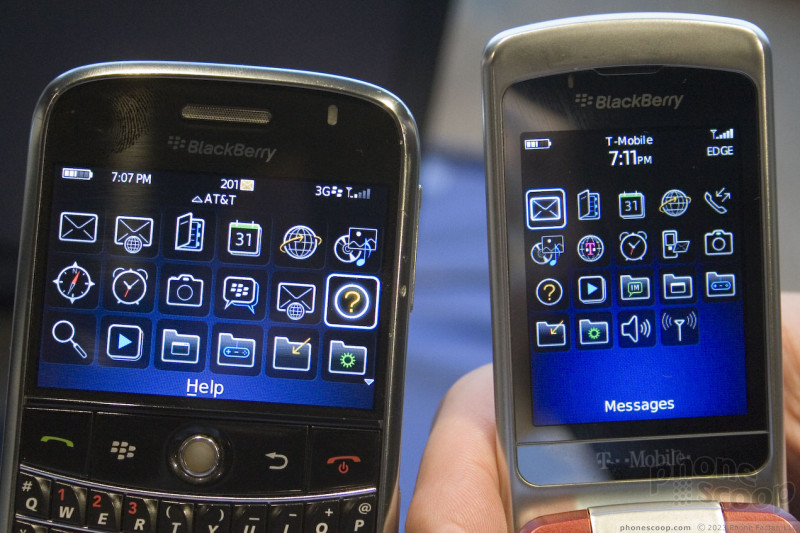
The other new BlackBerry this week is the Curve 8350i. This 'Berry runs on the Nextel iDEN network. It's quite heavy on features for a BlackBerry, sporting both GPS and WiFi, a combination previously only seen on the Bold. It also has Curve standard features such as Bluetooth, memory card slot, and a 2 megapixel camera. Combine all that with Nextel Direct Connect push-to-talk, and you have quite a feature set.
As one might expect, it's a bit thicker than other Curve models, but not as much as we expected. It's really quite a nice size. The lack of an external antenna is quite something for an iDEN phone. The only other Nextel phone to date with an internal antenna is the entry-level i335. The soft-touch finish on the back feels nice.
There's not much else to say. It's a Curve for iDEN networks; that pretty much says it all. The prototypes at the show were running old software; the shipping version will have the same new BlackBerry software as the Bold and Pearl Flip.
Expect to see both new BlackBerrys in stores by the end of the year.
Here is a quick video tour of the Pearl Flip:
Sprint OneClick
Sprint made a significant announcement at CTIA, and it concerns the user interface that will be used for Sprint's feature phones moving forward. The new UI is called One Click, and is meant to streamline usability and make it easier for Sprint customers to find the content, applications or other items on their phones quickly.
We were able to spend some time with the new UI. Both the hardware and software were NOT final builds, and we definitely noticed a few bugs and other glitches. We'll assume that they were due to the pre-release nature of the gear, rather than faults of the UI itself.
The base home screen has a carousel running along the bottom of the screen. Using the D-pad you move sideways through this carousel to access different menu items. As you pass over each item, a list of options appears above it that you can choose from. For example, if you scroll over the messaging icon, you'll get a list of different things to choose from, such as going to your inbox, initiating a new message, etc.
The carousel itself is fully customizable. You can add or delete icons at will, and move them around to an order that suits your usage needs or style. There was a bit of a lag on all the One Click phones we tested when scrolling from icon to icon. We assume that a final build of the software and hardware will clear up those lags.
One carousel item is Google. When you scroll to it, it opens a Google search bar, and below that are links to Google Maps, Gmail, and several other Google services. This is a nice touch to have built in mobile search capabilities.
There is also a full regular menu that houses all of the phones applications and services. This larger menu appears in a standard list or grid view.
We wouldn't exactly say that you can get to everything in "one click", but One Click does eliminate a lot of the digging around in menus that is necessary in Sprint's current UI. One Click does speed up the time it takes to reach most tasks, and that is a really good thing.
Here is a video tour of One Click:
LG Lotus
The LG Lotus might look funny with its squat, square shape, but once you get your hands on one, it's quite a charmer.
The shape is unusual, but makes perfect sense for a messaging phone. The new Blitz for Verizon takes a similar approach, but in a slide design. Both allow for a large landscape display and a well-spaced QWERTY text keyboard.
The styling of the Lotus is sleek, and the body is thin and light, yet feels solid. The whole package feels good and well-designed. All of the keys feel good to use. The up key on the d-pad is a little tricky to manipulate, but hardly a deal-breaker.
The unique etched pattern of the purple version is quite stylish.
The unique shape allows for a large screen and a large QWERTY keyboard, and both are extremely well-implemented on the Lotus. The text keys feel good and are easy to use accurately, and the screen is surprisingly large and crisp. A large color outer display and 2 megapixel camera contribute the respectable feature list. It's hardly a flagship phone, but there are no crippled features holding it back, either.
The Lotus is one of the first phones with Sprint's new OneClick user interface (also covered in this article in depth.)
Here is a short video tour of the Lotus:
Kyocera
Kyocera didn't make any official new handset announcements at CTIA, but did have three phones in a glass case that will be announced later this year. The Kyocera booth staff gave us a walk-through of the devices. One is a follow up to the E1000 messaging device. One is an entry-level flip and the third is a low-end bar-style phone. You can watch it here:
Or visit YouTube for more viewing and sharing options.
Virgin Shuttle
The Virgin Shuttle is from PCD, formerly a division of UTStarcom, but now on their own. The Shuttle was first shown off at CES as the CDM-8965. Like all PCD phones, it's technically manufactured by someone else, in this case Pantech.
The Shuttle is the first Virgin Mobile device that can access 3G data networks, which also means it can use 3G services. This phone was developed by Virgin Mobile, and not Helio, but it can access some of Helio's features, such as Buddy Beacon. According to the Virgin Mobile USA reps we spoke to, more of Helio's services will become available to the Shuttle over time. But how does the hardware rate?
Well, it feels pretty solid. The back has a nice soft-touch paint job and the size of the phone lets it rest comfortably in your hand. The slider mechanism feels nice and sturdy, and there is very little side-to-side wiggle with the phone open or closed.
The navigation controls feature a D-pad in the center, surrounded by two physical buttons, the send/end keys, and four touch sensitive buttons. The D-pad buttons feel good, but the four soft touch keys are easily pressed by accident. I found myself making all sorts of mistakes by brushing my finger against the wrong button at the wrong time. It takes a little bit of getting used to.
The "haptic" feedback on the touch keys is also odd. There's a bit of a delay, and it's more of a violent vibration then a gentle physical acknowledgement like on other phones with haptic touch feedback.
The hatches covering the data/charging and microSD ports were easily opened. I had a bit of trouble getting the hatch off of the 2.5mm headset jack. The volume toggle on the left side of the phone was easy to find and use, no issues there. The speaker key was a bit more difficult to find, but travel and feedback were good.
On the right side of the phone is the camera key and music key. They are placed right next to one another. It was difficult to tell one from the other. I imagine it could be easy to accidentally press one when you meant to press the other.
They standard numeric keypad felt great to use. The keys have a nice soft touch rubber coating on them, and are convex enough that you can easily tell them apart as you move your thumb across them. All of the buttons had good travel and feedback. The build quality felt good here.
The menu system of the phone is the standard Virgin Mobile menu. We tested out the 3G data speeds, and the Shuttle performed well. Web pages loaded in a snap.
In all, the Shuttle is a very good option for Virgin's pre-paid customers.
We were able to shoot some video of it. Check it out:
Part 2
Samsung
Samsung had two feature phones on display for Sprint, the Rant and the Highnote.
The Rant is a mid-range messaging-focused device that is similar to the LG Rumor/Scoop. It is a horizontal slider that has a full QWERTY keyboard for pecking out all those text and IM messages.
The Rant is a sizable phone. It's long, thick and weighty. The screen on the front is generous, and looks good. The D-pad controls, however, were unpleasant to use. The navigation area is mostly flat.
In the center of the D-pad, the "menu" button is a large nub that protrudes far more than it should. It really sticks out, and gets in the way of using the directional part of the D-pad. On either side fo it are two similar keys for the speakerphone and backtracking. These keys are dashes that stick way up from the surface of the phone. They are also a hard plastic, and are just unpleasant to pass your fingers over. The rest of the navigational buttons and soft keys are flush with the surface of the phone's face, which makes these three buttons all the more noticeable.
The numeric keypad was decent enough and travel and feedback of the keys was good.
The slider mechanism felt very solid. Opening and closing the phone was satisfying. The QWERTY keys themselves were fine. We didn't have any complaints about them, but they didn't impress us, either. The keyboard provides ample room to move your thumbs about and type, and didn't feel cramped or squished. The screen automatically switches to landscape mode when the phone is opened.
The Rant comes with a decent litany of features, and for those messaging freaks that don't need a full-on smartphone, it is a totally viable option.
The Highnote is a dual-slider that is focused on delivering a good music experience. Slide it down, and you see stereo speakers at the top and the media menu pops up. The phone is on the larger side for a mid-ranger. It's narrow from side to side, but feels long. It has some heft to it, though not overly much.
The slider mechanism works well going both up and down. The spring assistance was nice and the phone pops open to reveal the numeric keypad quite easily. The keypad itself was fairly typical for a Samsung keyboard. It was roomy enough for easy dialing, and the keys had good travel and feedback.
The D-pad is a little bit of a mess. There is a ring of buttons surrounding the actual D-pad. There are five buttons on the bottom 2/3 of the ring. When you first use the phone, you expect that this ring is part of the D-pad, so you press it. This will not generate the results you're interested in seeing. These circular buttons are the two soft keys, the send/end keys and a back button. Remembering that these buttons are not part of the D-pad was difficult in the time we spent with the Highnote.
The D-pad itself pulls double duty and acts as a scroll wheel and standard D-pad. The scrolling mechanism didn't work as fluidly as we would have liked, but Sprint informed us that the builds of the One Click user interface and device itself were not final.
Other than that, the hatches on the side of the phone covering the 3.5mm headset jack and microSD hatch were easy to interact with. We didn't get the chance to really listen to any music through the stereo speakers.
We had a chance to shoot some video of both phones together. You can check it out here:
Velocity
* Video tour added Sept. 12.
Velocity made its debut at the big CTIA show this spring. Their two initial models are the 103 and 111, the latter sporting a QWERTY keyboard. The 103 will start shipping later this month overseas, and through US channels in October.
The 103 has some nifty tricks up its sleeve, like TV output via the 2.5mm jack (much the way Nokia does TV-output.) This lets you pull impressive feats of multimedia mastery such as watching saved TV shows from your home DVR on the TV in your hotel room, using the Velocity 103's 3G connection and Sling software as the gateway.
Velocity also introduced two new models here at the fall CTIA show: the 83 and the 301.
The 83 is designed to be the more affordable model. It sacrifices 3G and the nifty trackball to achieve its lower price tag.
It holds its own feature-wise, though. It packs in an accelerometer for auto-rotation, plus the very unique feature of two microSDHC memory card slots. One is under the battery, while the other is under the SIM card. The means neither is hot-swappable. That's annoying, but it's that kinds of sacrifice that keeps both the price and thickness down (it is quite thin.) Loaded up with two cards, each appears separately in the file manager, but Windows Mobile will automatically pull from both to display a unified file list for music and video.
The 83 also has GPS, and will come pre-loaded with navigation software in some markets. Velocity said that they hope to position it against standalone GPS units in many cases. Look for the model 83 to hit the market just in time for the holidays.
The other new model is the 301, which will anchor the new high end of Velocity's lineup when it debuts early next year.
The 301 has 3G and GPS just like the 103, while stepping up to a much larger display (800 x 480 pixels across a generous 3.5 inches.) It will also have both an accelerometer and an electronic compass, enabling pedestrian navigation with the correct software.
Velocity is not just about cranking out nice-looking Windows Mobile hardware, though. There's a significant unique software element to the company's devices as well.
Somewhat like HTC's TouchFlo 3D, there is a special home screen replacement that aims to provide a clean, simple, easy way to start any task. There's also a comprehensive update service.
The standby part of the home screen is location-aware. When you land in a new city, it will detect that, and automatically update the time zone and weather info.
A launcher bar at the bottom of the screen works from the home screen and can be summoned at any time with a touch gesture. Much like the Dock on Mac OS X, you can drag-and-drop to re-arrange icons, and it serves as a task manager, letting you quit running applications manually to free up memory.
Velocity has also put a lot of effort into its over-the-air automatic update service, which it calls VOTA. All Velocity phones include this service for free. It will automatically check the Velocity servers once a week for updates, then gives you the option to download specific updates. It will then bundle up the group of updates you chose on the fly, download them over the network, and install them all in one easy step.
Here is a video tour of the Velocity 103:
HTCs for Sprint
HTC officially announced two new handsets this week at CTIA, the Touch Diamond, and the Touch Pro. Both of these phones have already been announced for GSM networks, but these two are CDMA variants for Sprint's network. There are some minor, but noticeable differences.
Sprint Touch Diamond & Touch Pro
The GSM Touch Diamond lives up to its name with a diamond-patterned backplate. The CDMA variant loses this backplate and substitutes a plain, soft-touch backplate. It is just a hair thicker than the GSM version, which gives it room to accommodate a larger
battery.
Otherwise, most of the features and functions of the Touch Diamond work the same as its GSM brethren. It has a highly glossy (and smudge-prone) front face. It uses the Sprint version of HTC's 3D TouchFLO user interface. There's a carousel that runs along the bottom of the screen that holds most of the phone's applications and tools. You can swipe your finger sideways to scroll through this interface or press each individual icon to bring it up. Scrolling across is definitely more fun.
The 3D aspect of the interface is most apparent in the music and gallery applications, which tile album artwork and pictures in a very appealing and artistic way. Flipping though album covers or images is very enjoyable.
We did notice some serious lag, however, with most aspects of the UI. Whether it was scrolling through the menu or actually interacting with some of the applications, there was a noticeable delay at times. Unfortunately, we were using a final builds of the software and the hardware, so don't be surprised if yours lags a bit, too.
The D-pad on the Diamond is a dimple about the size of a dime. It illuminates to cue you in on different status indicators, or to let you know that the phone is charging, etc. I found it a bit weird to use, and had a hard time finding exactly where the directional was. It was often much faster to simply use the touch interface to get what you needed.
The four buttons on the front surrounding the D-pad are large and easy to activate.
Sprint adds its Music Store and Sprint TV to the Touch Diamond's many capabilities. It is definitely a higher-end device that the regular Touch, and has a powerful camera and connectivity options. For fans of HTC and Windows Mobile, it's a solid, if slightly laggy, smartphone.
The Touch Pro adds a slide-out QWERTY keyboard. The front fascia and functionality is identical to the Diamond. The entire phone is much thicker to accommodate the slider and keyboard.
The keyboard is one of the finer we've seen on an HTC device. It has a full five rows of keys, and most buttons from a full-size keyboard are represented. The keys all felt great, with nice travel and feedback.
With the added thickness is also added weight. It is a meaty phone. You'll definitely notice it in your pocket if you carry it around town.
We shot some video of both phones together. You can check it out here:
HTC S740
We sat down with HTC for a bit and talked about the new models for Sprint. They also showed us their latest kit for overseas, the most interesting of which was the S740, a messaging slider with unusual proportions. Unlike the other new messaging phones we saw this week that are unusually wide, the S740 takes the opposite approach and is freakishly skinny.
The S740 is a successor to the S710, S720, and S730 models. The form factor is arranged the same basic way, but again it's very long and skinny. We'd call it the first true "candy bar" phone... if it weren't actually a slider.
Once you get past the funny shape, there's a lot to like. The numeric keys and QWERTY keyboard are both quite pleasant to use. The screen is also quite large, practically spilling over the edges.
The design is the best part, though. It looks distinctive, but really good. The design is clean and elegant. It has the same nifty faceted back design as the Diamond.
We wish a US carrier would pick it up, but so far we're hearing there's no interest from them. It seems everyone is so obsessed with competing with the iPhone that non-touchscreen Windows Mobile Standard devices are being ignored. That's a shame. Not everyone is ready to abandon the familiar d-pad for a touch screen.
Part 3
LG Invision
LG announced the Invision several weeks ago for AT&T. It is the third phone that can access AT&T's MediaFLO live TV services and w were able to get our hands on it this week at CTIA.
It is a tiny little bugger. The small, monoblock-style phone is lightweight and fits easily in your hand. It has a leather textured back that I found appealing. Because it is nice and thin, it slips easily into and out of your pocket.
The screen is a bit on the tiny side if you ask me. For viewing TV, the bigger the better, right? The Invision is taking the approach that smaller is better, but I can't quite figure out why. The screen preserves the 4:3 aspect ration that is common for most programming. It doesn't disappoint in quality, though. It is very bright and crystal clear. TV looked really, really good on it, despite the small size.
Rather than a standard D-pad, the Invision has a plus-shaped (+) shaped button that lets you navigate the phone's menus. This buttons worked well enough. Crammed above it are the soft keys, dedicated TV key and back/clear key. All these buttons are a bit on the small side, but they have good travel and feedback.
The keypad is a little awkward and will require you to adjust the way you type. Rather than place the *, 0 and # keys along the bottom, the Invision has shifted them to the right of the keypad. So you have 1, 2, 3, * running across the top row, 4, 5, 6, 0 running across the second, and 7, 8, 9, # along the bottom of the phone. All they keys had good travel and feedback.
The camera key on the side felt good to use and was easily found with your finger. Same goes for the volume toggle.
The phone has some decent features packed into a small package. If size matters to you, the Invision could be the right choice.
Here is a video tour of the Invision:
Moto GSM
Motorola recently introduced a trio of ROKR music phones for GSM networks. They've got all three form factors covered: bar, clamshell, and slider. All of them have 3.5mm headphone jacks and stereo Bluetooth.
The EM30 is the bar-style model, and if it looks familiar, it should. The design borrows heavily from the ROKR E8. It doesn't have the high-tech haptic keypad, but the keypad does do the same nifty morphing trick, with some extra color-coding action for good measure.
In music mode, the phone lights up red, while in phone mode, it glows blue. The red is nice, but the blue is that harsh LED color that I personally find difficult to look at. It's pretty, but it's hard to actually focus on the numbers. If you're prone to forgot which key the "s" is on, or which key does punctuation, that's an issue.
Otherwise, the EM30 is a nice-looking, nice-feeling phone. The display is large and crisp, and the d-pad is very well-designed.
Moving down the series, the EM28 / EM330 is the clamshell model.
It's a distinctly entry-level model, with a relatively small, dim main display. The outer display is large, making the time easy to read, although it is monochrome and somewhat dim, making it tougher to read smaller icons and text.
In its favor, the EM28 / EM330 remarkably lightweight and fairly small. The generous curves help it feel even smaller in hand and in pocket. The keys are also relatively easy to use.
The final new ROKR is the EM25 with its slide form factor.
The features are just like the EM28 / EM330, including the low-end display. The keypad is average. Physically, though, it's even smaller and feels lighter. This is a truly miniscule phone.
Moto iDEN
Sprint Nextel also showed off a pair of new iDEN phones from Motorola. These rugged push-to-talk phones both meet military specifications for various types of ruggedness.
The i365 went on sale recently, but this was our first chance to take hands-on photos. This bar-style phone is really more like a brick-style phone, in weight, size, and - most importantly - durability. There are several different types of military-grade ruggedness, and this meets all of the major ones. The complete list is: high and low pressure, high and low temperature, dust, shock, vibration, solar radiation, humidity, salt fog, blowing rain. In other words, you're covered unless you regularly need to chirp from a vat of acid.
It also has a serious pull-out antenna, in case you feel like some impromptu fencing with your co-workers.
The i576 replaces the i570, and it manages to shave off a lot of excess bulk along the way. It delivers military-grade ruggedness for dust, shock and vibration. That means no calling mom from the shower like you can with the i365, but it's still well-suited for a construction site. If you need something durable without the extremes of the i365, or just prefer a clamshell form factor, the i576 might be worth a look. The small size is a big plus.
Comments
Blackberry Flip? Lotus, and one click
lotus? fashion statement, i dont think so. looks like the creators of the Scion xB got ahold of blitz and thought it needed a little bit of tweaking... still have no idea which pocket it would go...
one click? as long as they dont start restricting the internet and downloads like verizon its all good. looks like a good way to simplify the interfaces. now if only all manufaturers could agree on a charger design.
Lotus? ...
(continues)
It cracks me up how people who have never held a product, will go and get all negative about them.
"Waaaaaaaa, I love my iPhone so much that ...
(continues)











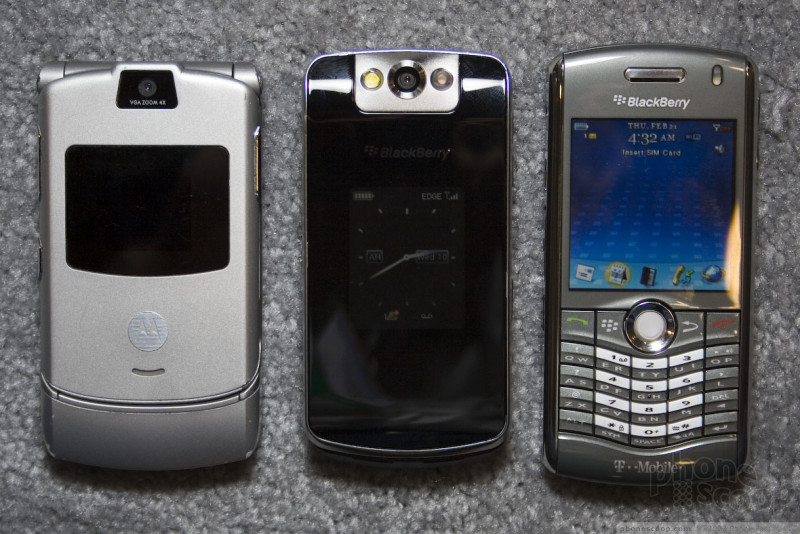








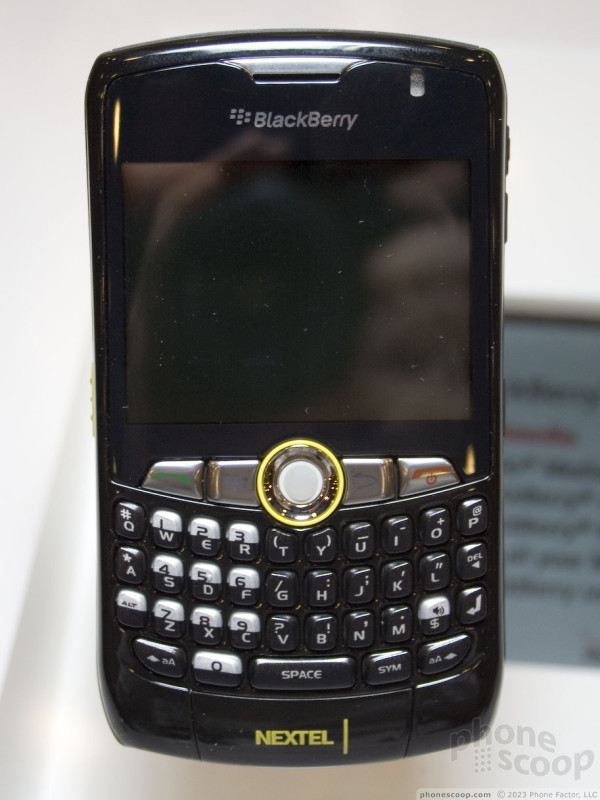








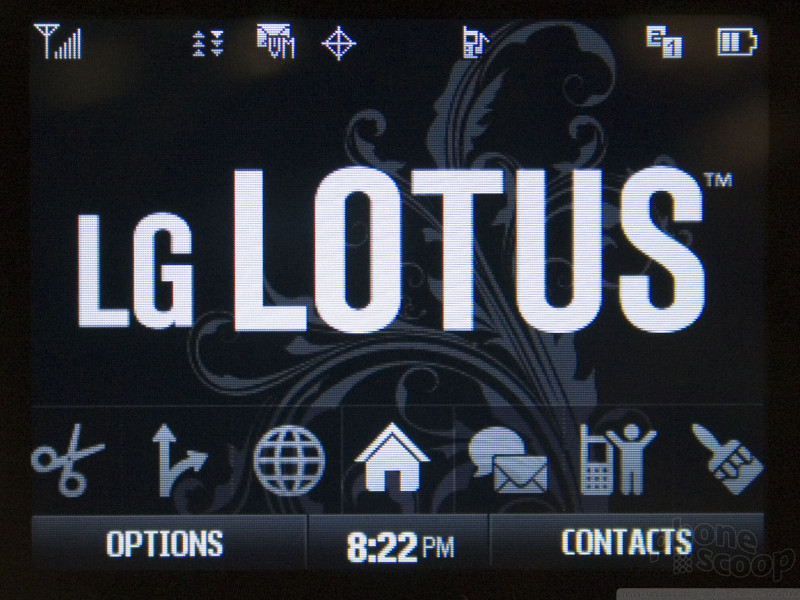
























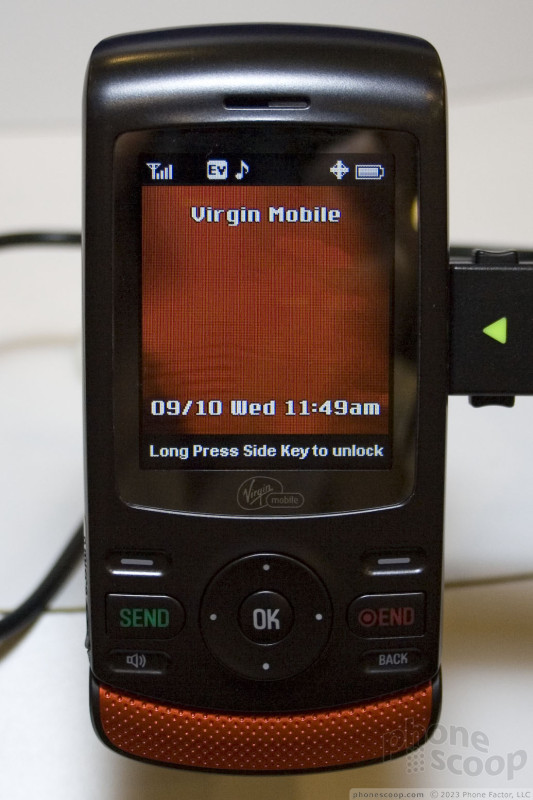










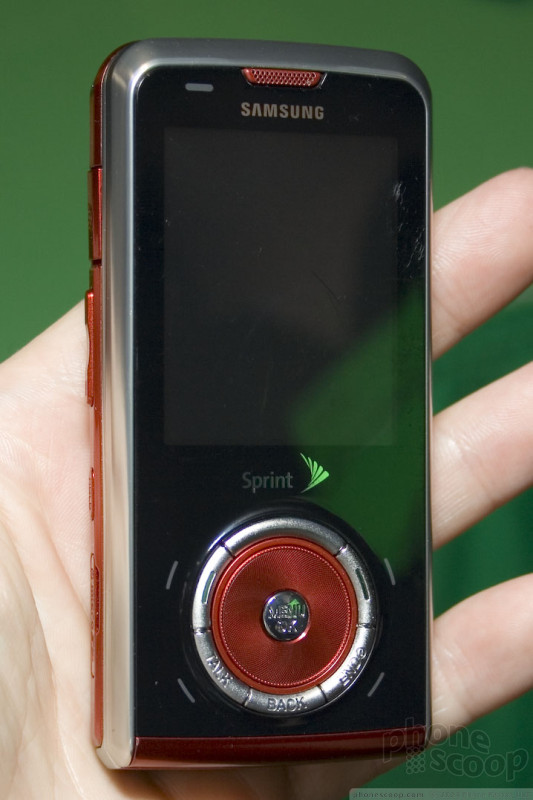












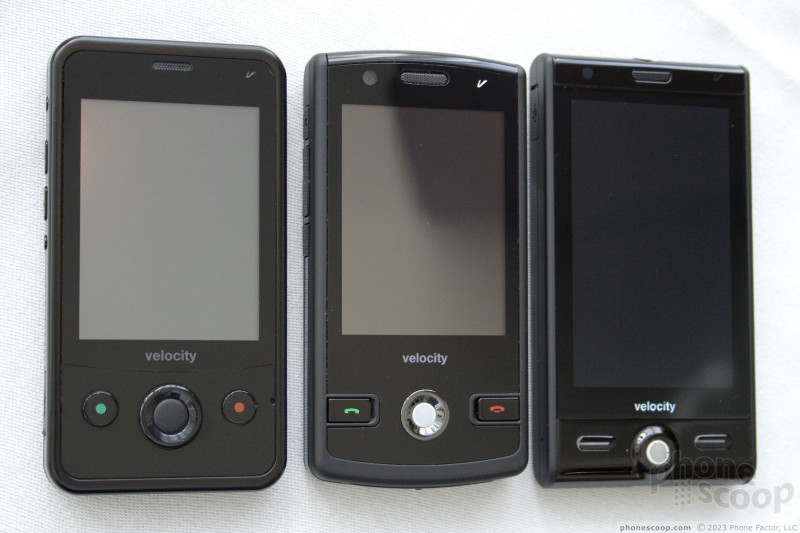




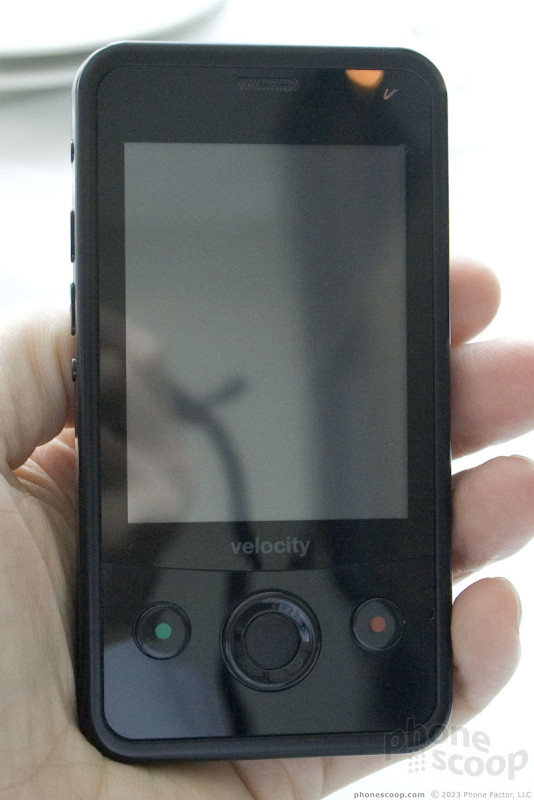





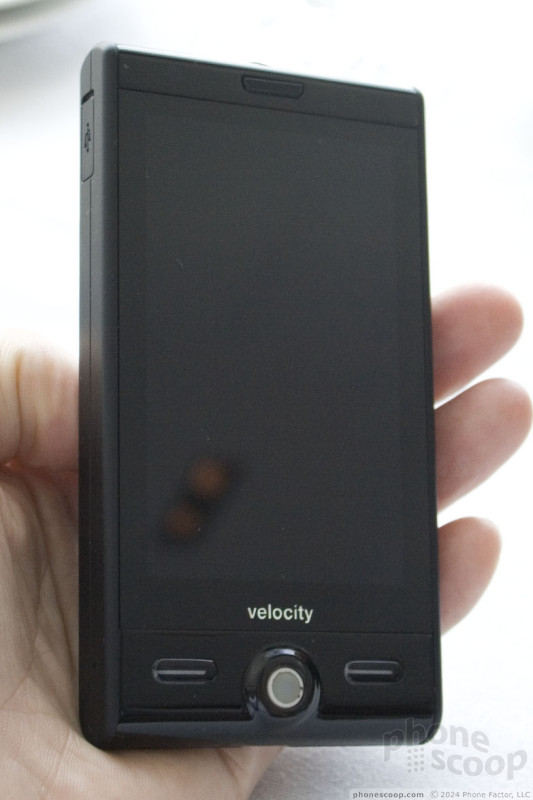



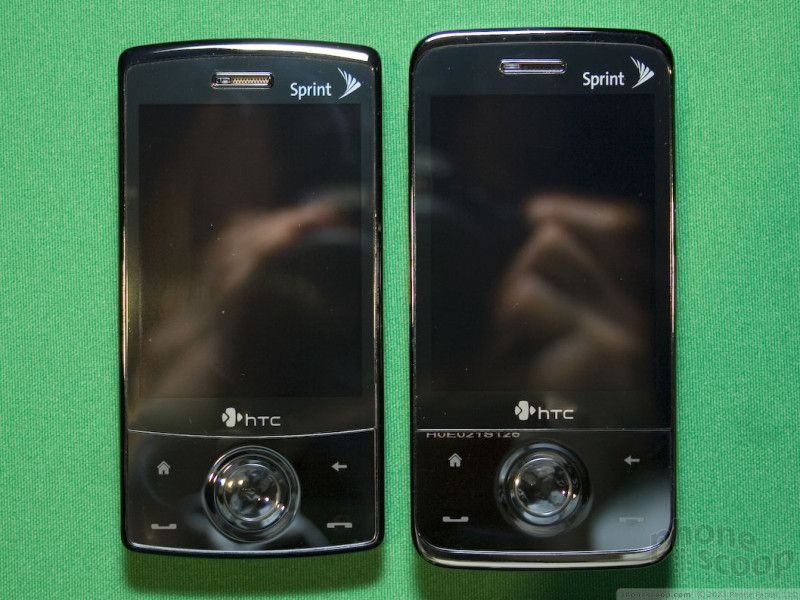




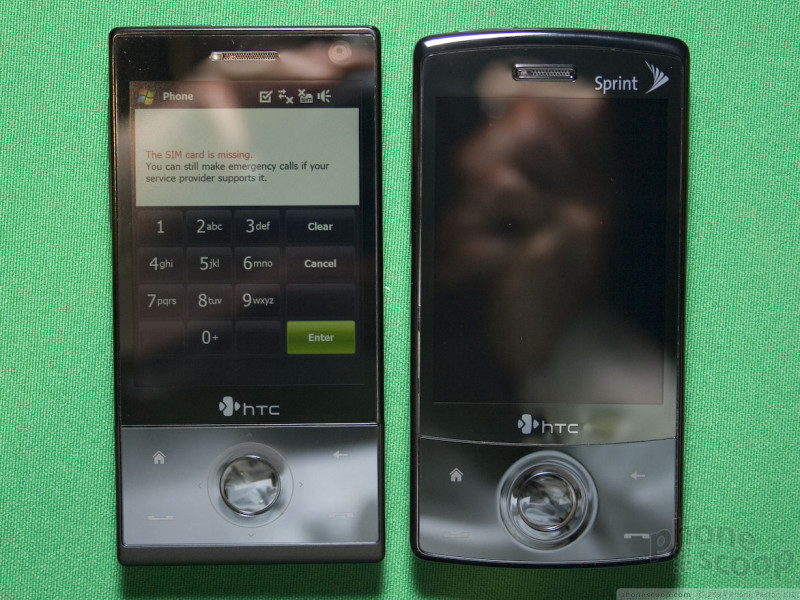


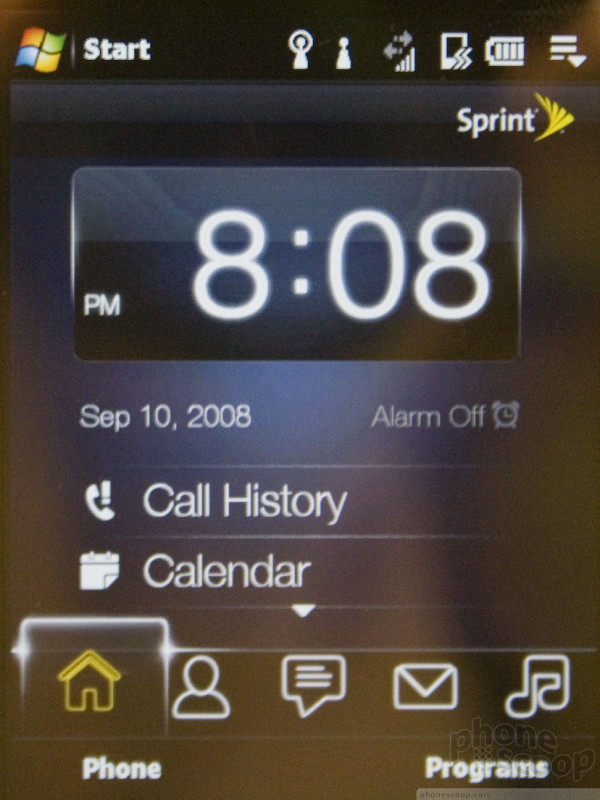




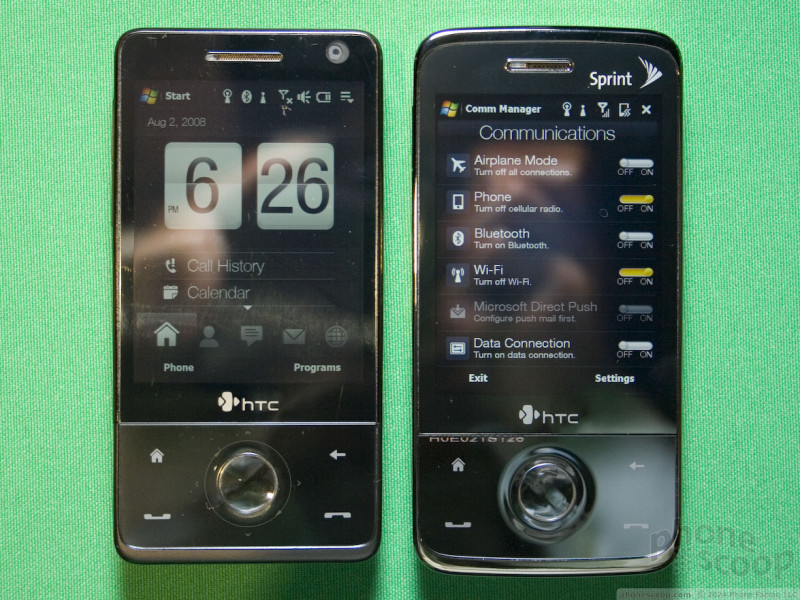



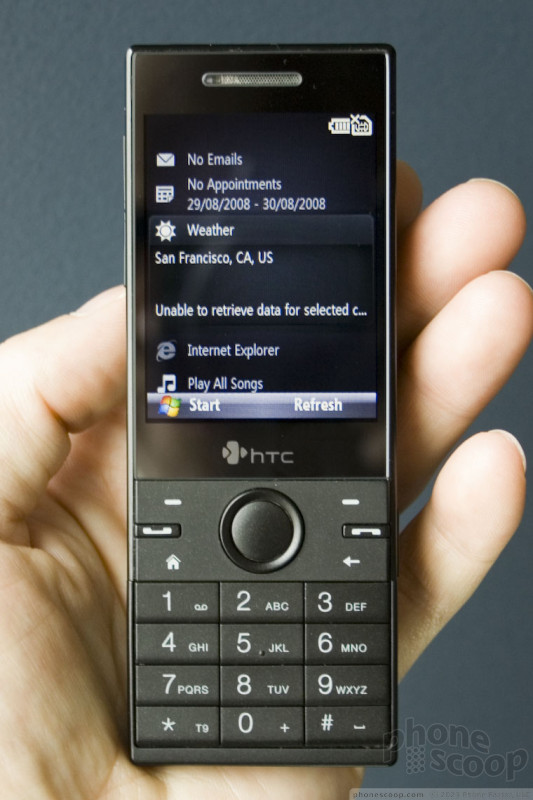









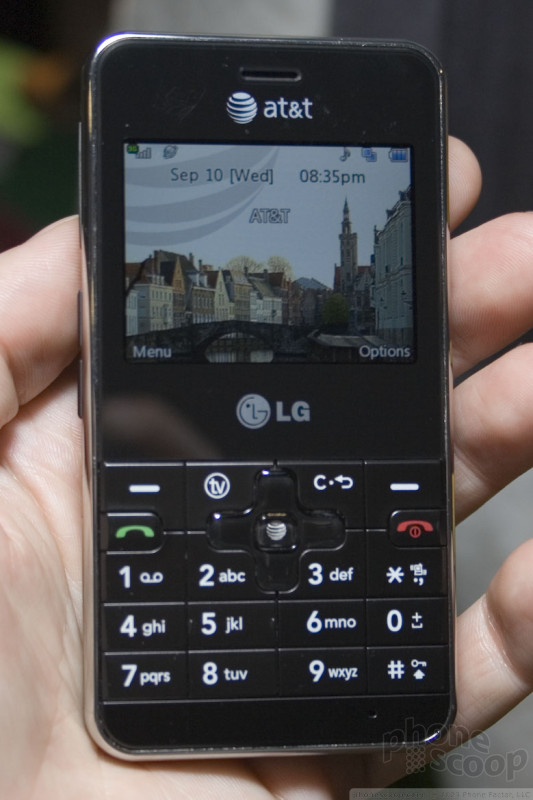






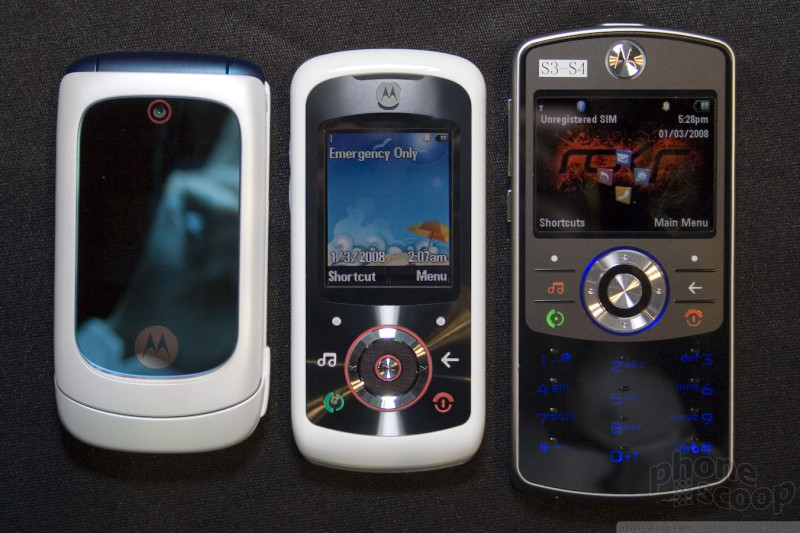






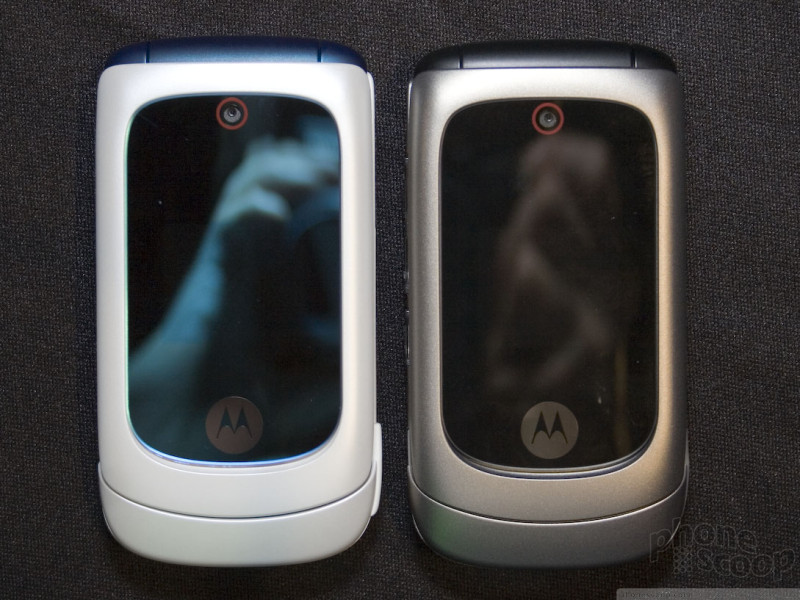



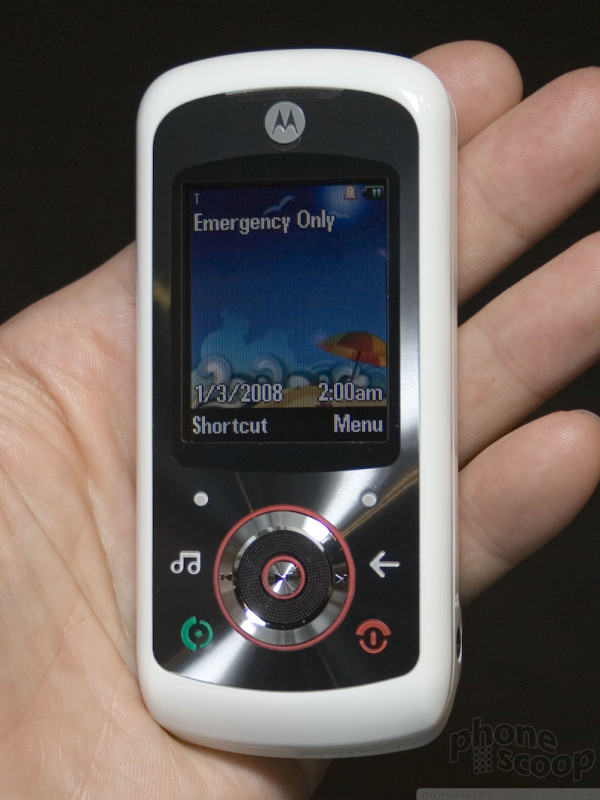



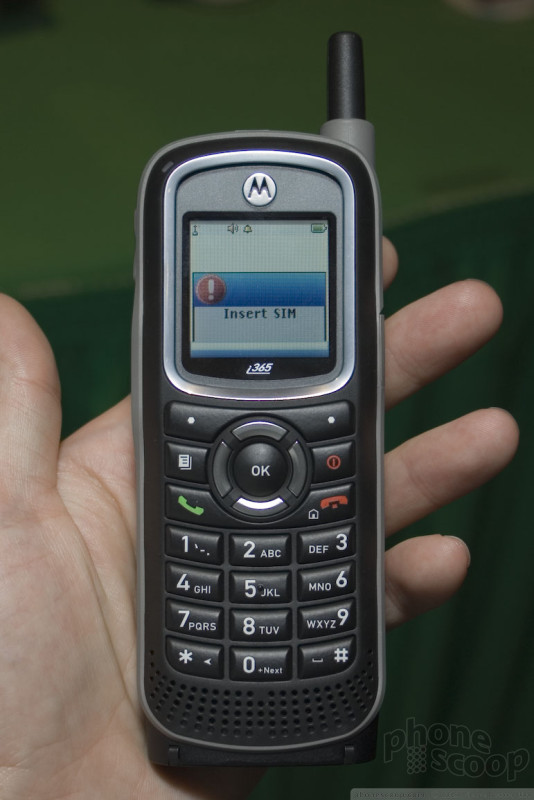





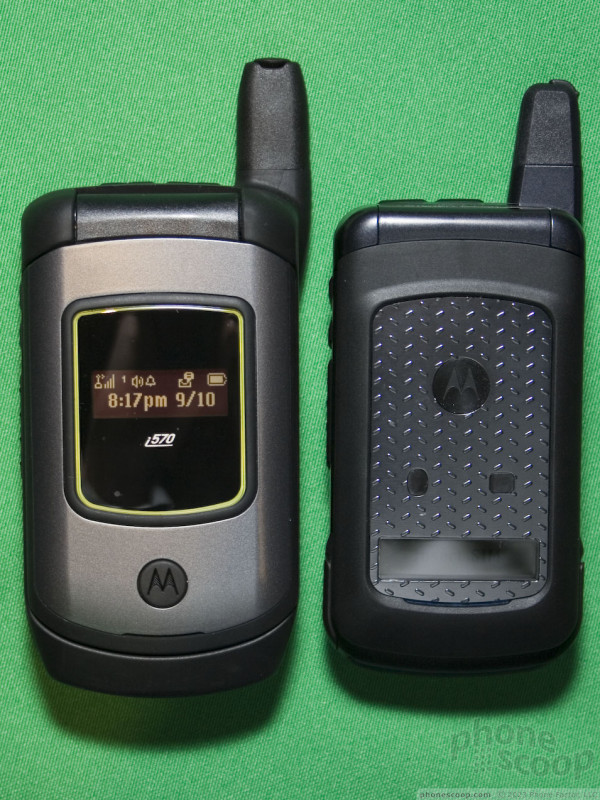


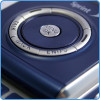 Review: Samsung Highnote
Review: Samsung Highnote
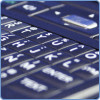 Review: LG Lotus
Review: LG Lotus
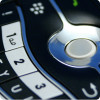 Review: BlackBerry Pearl Flip
Review: BlackBerry Pearl Flip
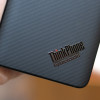 Hands On with the Lenovo ThinkPhone by Motorola
Hands On with the Lenovo ThinkPhone by Motorola
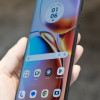 Hands On with the Motorola edge+ (2023)
Hands On with the Motorola edge+ (2023)
 LG Lotus
LG Lotus
 Samsung Rant M540
Samsung Rant M540







